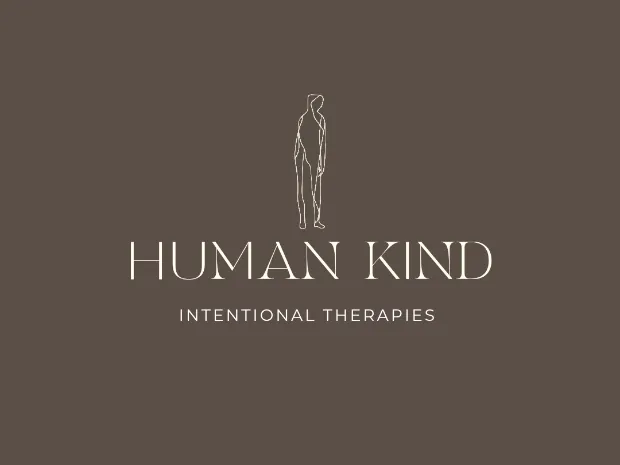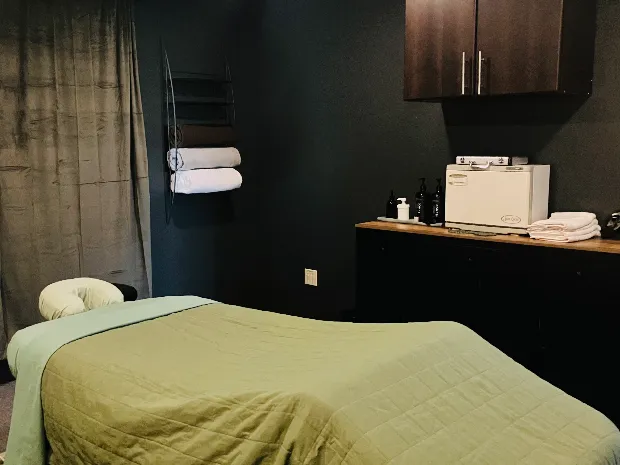At Mountain Sports Massage, we are therapists and mountain enthusiasts who want to help you get back to your active lifestyle.
We use John F Barnes' Myofascial Release techniques, Swedish Massage, Deep Tissue Massage, Sports Massage, Sports Treatment Massage, Lymphatic Drainage Techniques, Muscle Energy Techniques, Neuromuscular Techniques, Trigger Point Therapy and Facilitated Stretching Techniques. We do a full individual assessment and talk about your treatment goals, to help us create a truly personalised therapy session for each client.
When you enter the building, your will see a desk. If there is someone at the desk, they are usually another practitioner in the practice and are most likely to be friendly and welcoming. They will direct you around the wall behind the desk to a nice little waiting area where you will find seating and an area where you can help yourself to a cup of tea or a glass of water. If no one is at the desk, feel free to come into the waiting area and relax. I will be out to collect you at your appointment time.
What Is Fascia?
Fascia is a tough connective tissue which spreads throughout the body in a three-dimantional web from head to foot without interruption. Trauma, posture or inflammation can create a binding down of fascia resulting in excessive pressure on nerves, muscles, blood vessels,osseous structures and/or organs.
The viscoelastic quality of the fascial system causes it to resist a suddenly applied force. This Explains why the "old form" of myofascial release, which was an attempt to force a system that cannot be forced, produced limited results.
What is the John F. Barnes' Myofascial Release Approach ?
The John F. Barnes' Myofascial Release Approach consists of the gentle application of sustained pressure into the fascial restrictions. This essential "time element" has to do with the viscous flow and piezoelectricity phenomenon: a low load (gentle pressure) applied slowly will allow a viscoelastic medium (fascia) to elongate.
The Anatomy and Physiology of Fascia
The fascia surrounds every muscle, bone, nerve, blood vessel and organ of the body, all the way down to the cellular level. Therefore, Malfunction of the fascial system due to trauma, posture or inflammation can create a binding down of the fascia, resulting in abnormal pressure on nerves, muscles, bones or organs. This can create pain and malfunction throughout the body, sometimes with bizarre side effects and seemingly unrelated symptoms. It is thought that an extremely high percentage of people suffering with pain and/or lack of motion may be having fascial problems, but most go undiagnosed. The importance of Fascia and the fascial system are just now being recognized.
Fascia at the cellular level creates the interstitial spaces, and has extremely important functions of support, protection, separation, cellular respiration, nutrition, elimination, metabolism, fluid and lymphatic flow. In other words, it is the immediate environment of every cell of the body. This means that any trauma or malfunction of the fascia can set up the environment for poor cellular efficiency, necrosis, disease, pain and dysfunction throughout the body.
What does Myofascial Release Feel like and what to expect
When the therapist has determined where the fascial restrictions lie, he or she will apply gentle pressure into the direction of the fascial restriction.
At first the elastic component of the fascia will release and at some point in time the collagenous barrier will be engaged. This barrier cannot be forced (it is too strong). One waits with gentle pressure and as the collagenous aspect releases, the therapist follows the motion of the tissue, barrier upon barrier until freedom is felt.
(reprinted and used with permission from RSI T/A John F. Barnes)
Operating Hours
- MondayBy appointment only
- TuesdayBy appointment only
- WednesdayBy appointment only
- ThursdayBy appointment only
- FridayBy appointment only
- SaturdayClosed
- SundayClosed













































Go on, be a good friend and share MassageBook with them. They'll love you for it.